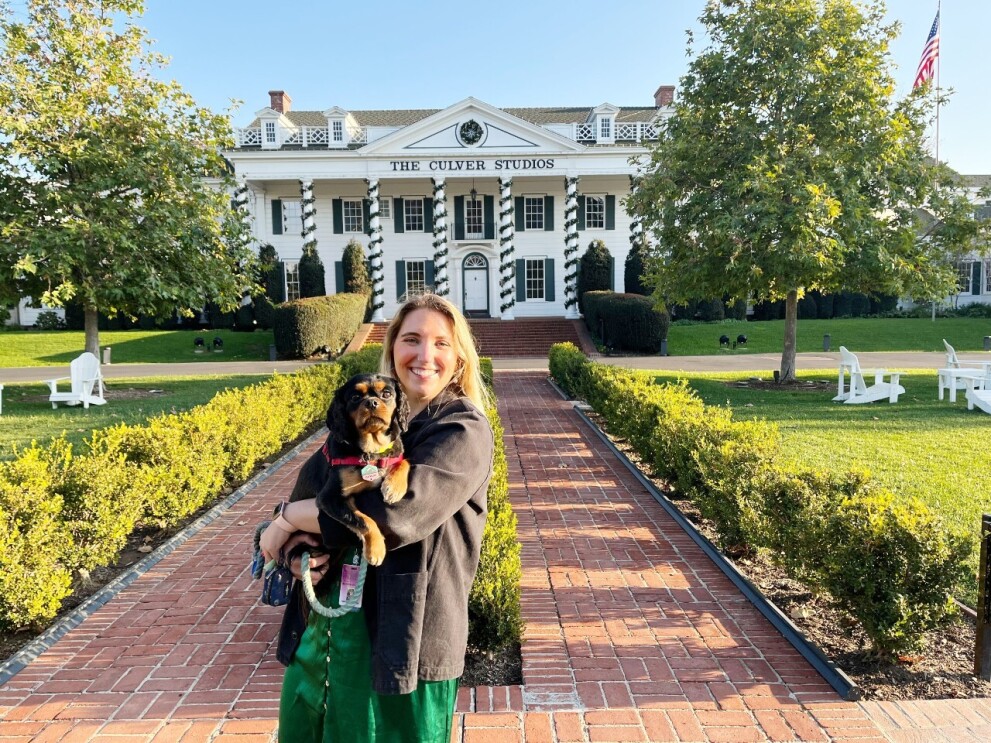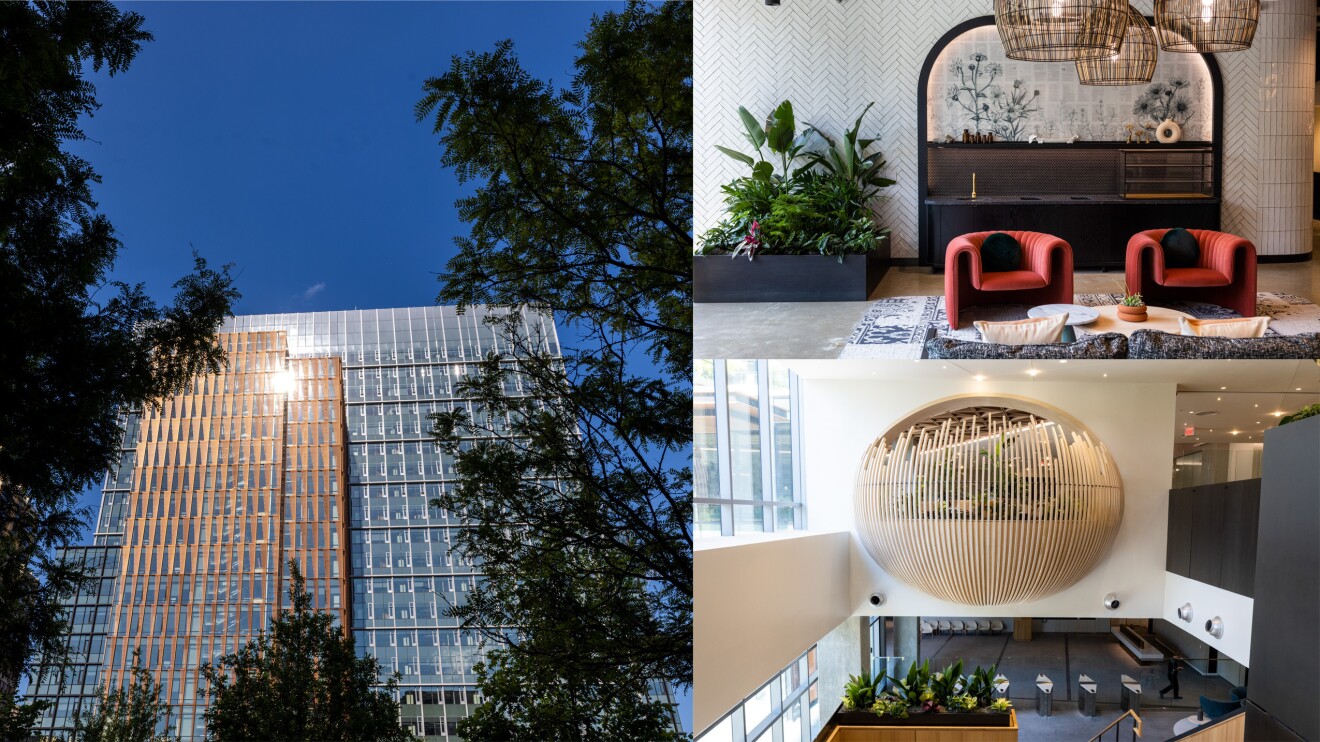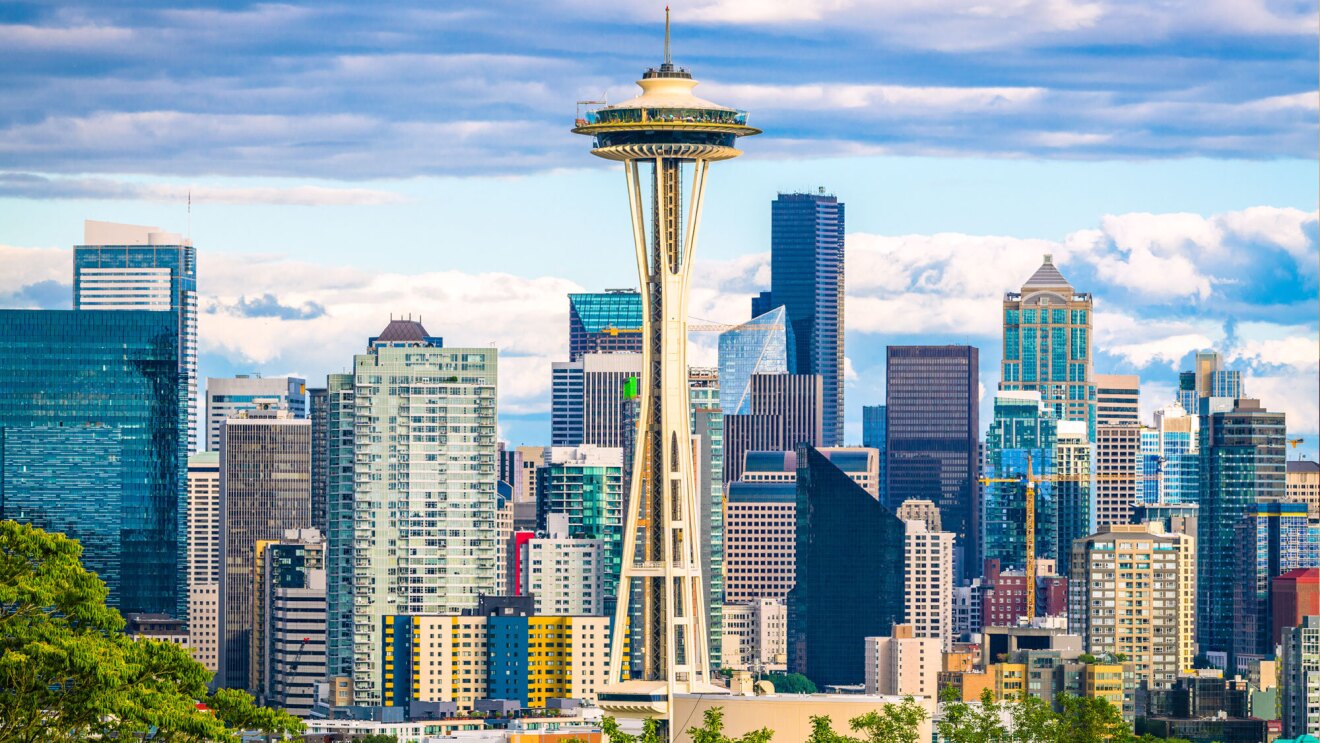Page overview
Amazon re:INVENT
Named after AWS re:Invent, the yearly learning conference hosted by Amazon Web Services (AWS) for the global cloud computing community that draws tens of thousands of participants, this building is one of Amazon’s newest with a short sky bridge and retail shops on the first floor. AWS customers are innovators who use Amazon Web Services to invent and try out big ideas, which led to the name “re:Invent” for the annual conference. AWS re:Invent is an opportunity for customers to learn strategies to optimize their use of the AWS cloud and take home new ideas that will help them invent within their own businesses. The event is built around new product and service launches, training and certification opportunities, access to more than 2,000 technical sessions, a partner expo, after-hours and networking events, and more.
 Photo by JORDAN STEAD
Photo by JORDAN STEADThe Grand Canyon State is home to four Amazon fulfillment centers, a sortation center, a Prime Now hub, a customer/seller service center, a corporate office, and a development center. But the building in Seattle named “Arizona” actually gets its moniker from a range of customer service tools that were called Phoenix, Sedona, and Yuma—and today are known as Arizona.
A mythical creature from the Pacific Northwest inspired the names of both the tool used to map specific products on Amazon.com to titles on IMDb—the Internet Movie Database that Amazon owns—as well as the “Bigfoot” building. In “Bigfoot,” the design subtly reflects the landscape of the region.
 Images of Amazon's Seattle, Washington, campus, in both the downtown and South Lake Union neighborhoods. (JORDAN STEAD / Amazon)Photo by JORDAN STEAD / Amazon
Images of Amazon's Seattle, Washington, campus, in both the downtown and South Lake Union neighborhoods. (JORDAN STEAD / Amazon)Photo by JORDAN STEAD / AmazonNamed after a tool used to build Amazon’s website, the “Brazil” building boasts a specific theme: Customer Experience Around the World, with each floor representing a different nation. In the elevator banks on each floor, you can see each country’s currency. And on either side of the elevator banks, you’ll find an illustration of products and the fulfillment process specific to that country.
Harkening back to the company’s early days, “Dawson” was named after the street where Amazon’s first fulfillment center was located. The building is decorated to look like a fulfillment center, with chain-link fences along the walls and kitchens shaped like big Amazon shipping boxes. On the building’s second floor, you’ll find a graffiti sign that was discovered, rescued, and preserved from an abandoned warehouse in South Lake Union. There’s also a robot in the lobby that represents future fulfillment center technology, designed to eventually help associates stow totes filled with items people purchase online.
This building was named after a statement Jeff Bezos made in the 1997 shareholder letter. He said, “This is Day 1 for the Internet and, if we execute well, for Amazon.com.” Day 1 is an important mantra to many employees at Amazon. Every day is Day 1 at Amazon because we are always trying something new, innovating, and inventing on behalf of our customers. A big part of the reason people come to work at Amazon is for a chance to make history - to try something that’s never been done before - where every day really is Day 1.
 The Spheres at daybreak.Photo by JORDAN STEAD
The Spheres at daybreak.Photo by JORDAN STEADSure, when you hear Doppler, you may think of Doppler weather radar that local newscasters talk about when big storms roll in. But at Amazon, “Doppler” refers to a 36-story building that opened to employees in December 2015. The name was drawn from the code name for Amazon’s Echo, the hands-free, voice-activated speaker equipped with Alexa, Amazon’s virtual assistant.
In “Doppler,” there are six eateries, a local coffee stand, and a market that sells everything from flowers to frozen foods to kombucha growlers. The building also houses a video game room and the Expressions Lab art studio, a space intended to help promote employee creativity. There is even an outdoor dog park on the 17th floor. In addition, each floor features a variety of favorite (and often quite funny) customer reviews for products sold on Amazon.com.
 Photo by Amazon
Photo by AmazonThis building was christened “Fiona” after the pre-launch code name for the Kindle e-reader. The lobby of “Fiona” showcases a variety of Kindles, from the first white device to the most recent, much lighter Kindle Oasis.
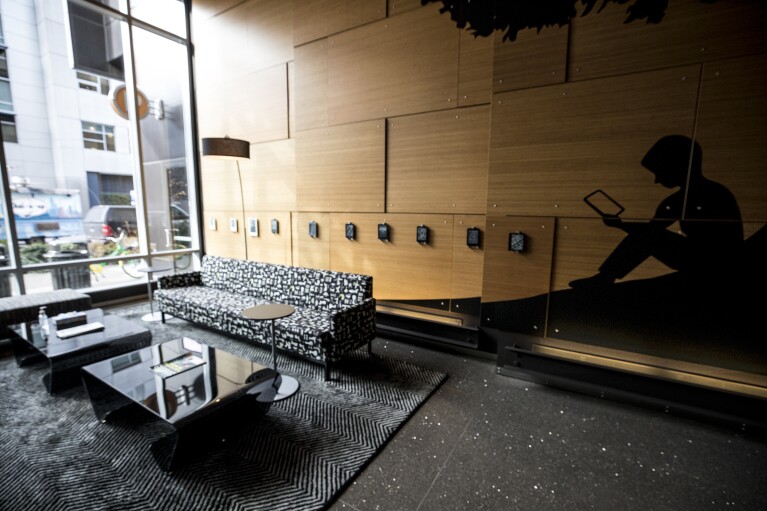 Photo by PAIGE MALOTT / Amazon
Photo by PAIGE MALOTT / AmazonHoudini was the code name for Prime Now, which launched in December 2014, and—almost like magic—delivered customer orders in two hours or less. The building “Houdini” houses three eateries operated by the Seattle nonprofit organization FareStart, which helps people escape poverty by teaching them skills they need to succeed in the food service industry and in life. Incorporating two historic buildings in its design, "Houdini" features the original rooflines and ornamentation of the 1927 Troy Laundry Building and the 1938 Boren Investment Building, both of which have been declared Seattle landmarks.
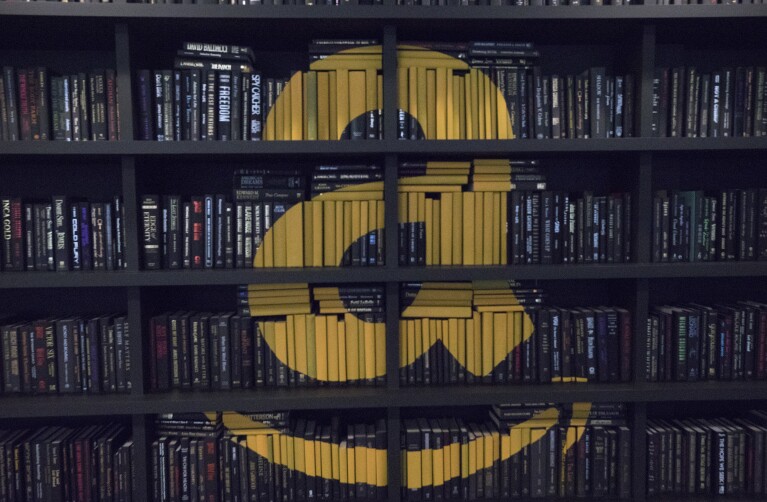 Photo by PAIGE MALOTT / Amazon
Photo by PAIGE MALOTT / AmazonIn the early days of AWS, the most vocal AWS customer was an individual called 'low-flying-hawk' on AWS' user forums. The AWS team often sought low-flying-hawk’s thoughts on new features, pricing, and issues we were experiencing. Low-flying-hawk was like having a customer in our meetings, without actually being there.
In the Amazon world, “Nessie” is not the Loch Ness Monster; it’s a system used to monitor spikes or trends on Amazon.com and also the name of one of Amazon’s buildings. The structure is heated using recycled energy, a first-of-its-kind system that is four times more efficient than using traditional heating.
In addition to being the name of a town in Brazil located at the narrowest and swiftest part of the Amazon River, Obidos was also the name for the company’s original page-rendering engine. It appeared in many of Amazon’s early URLs before becoming the name of the “Obidos” building.
 Photo by PAIGE MALOTT / Amazon
Photo by PAIGE MALOTT / AmazonDorothy’s ruby red slippers in “The Wizard of Oz” were the inspiration for Ruby, the code name for Amazon’s apparel store. The elevator banks of the “Ruby” building are designed to look like the inside of steel shipping containers.
 Photo by PAIGE MALOTT / Amazon
Photo by PAIGE MALOTT / AmazonA Corgi called Rufus was Amazon’s first dog and the inspiration for the name of the “Rufus” building. Now, more than 4,000 dogs come to work with their owners at Amazon every day.
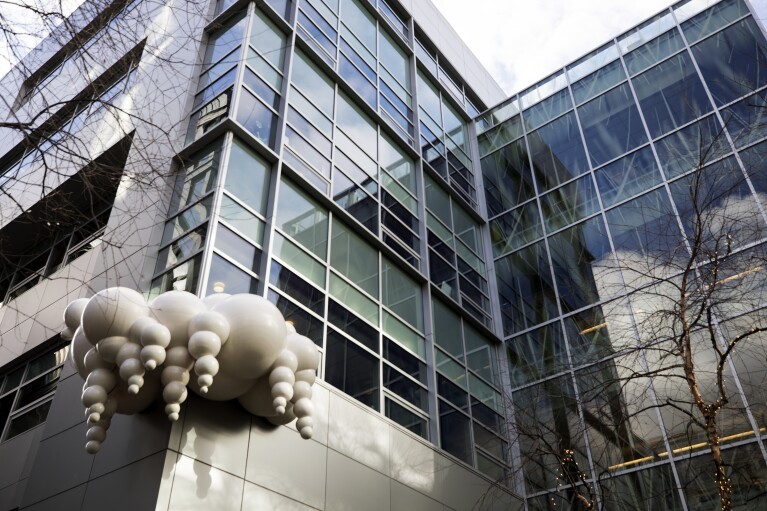 Photo by PAIGE MALOTT / Amazon
Photo by PAIGE MALOTT / AmazonIn the mid-1900s, this historic brick building housed the C.B. Van Vorst mattress factory. To pay tribute to the industrial warehouse neighborhood that South Lake Union once was, Amazon named the building “Van Vorst.” Throughout the structure, there are posters hanging on the walls showcasing company products and services that were launched throughout the years.
 Photo by PAIGE MALOTT / Amazon
Photo by PAIGE MALOTT / AmazonThe very first customer on Amazon.com was named Wainwright—so Amazon named a building after him. Fun fact: The first purchase Wainwright made on the site was the book “Fluid Concepts and Creative Analogies.”
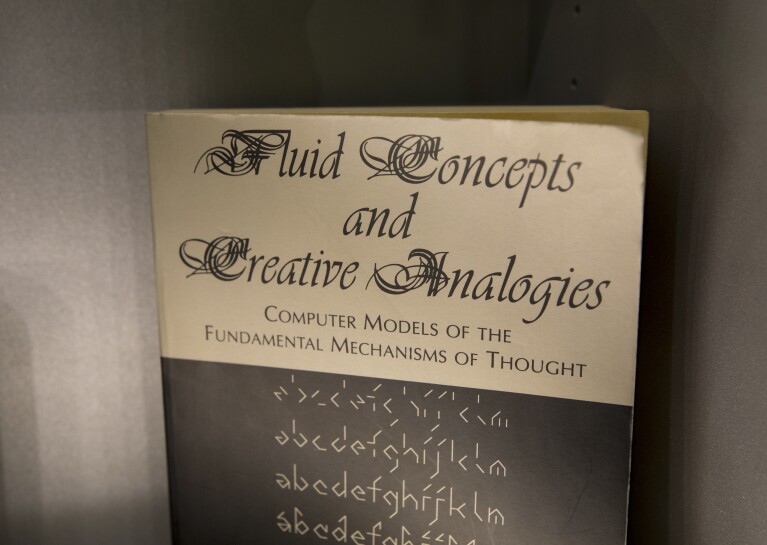 Photo by PAIGE MALOTT / Amazon
Photo by PAIGE MALOTT / Amazon



